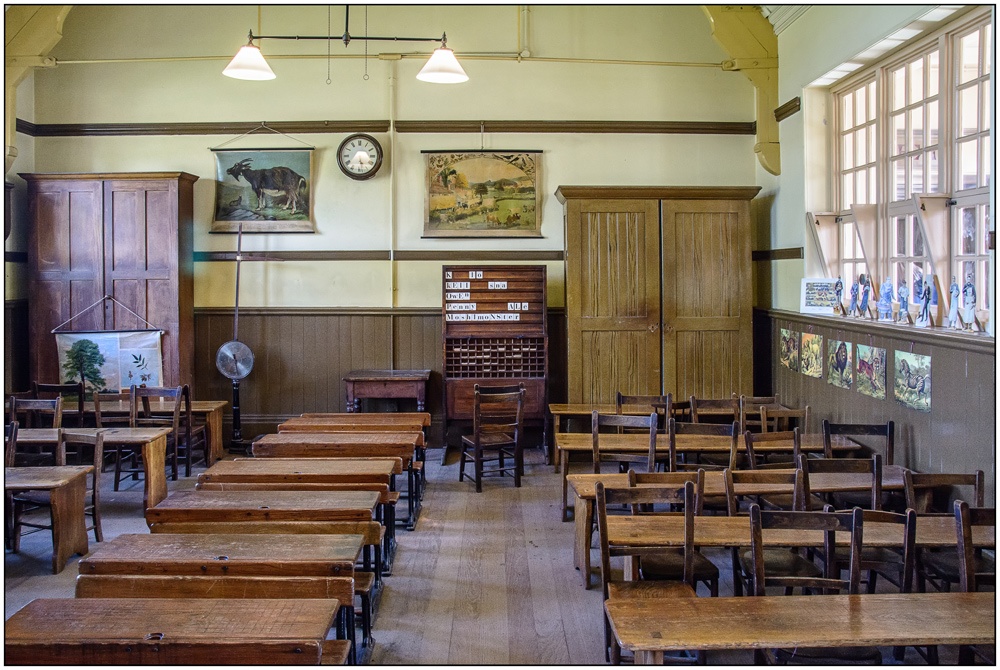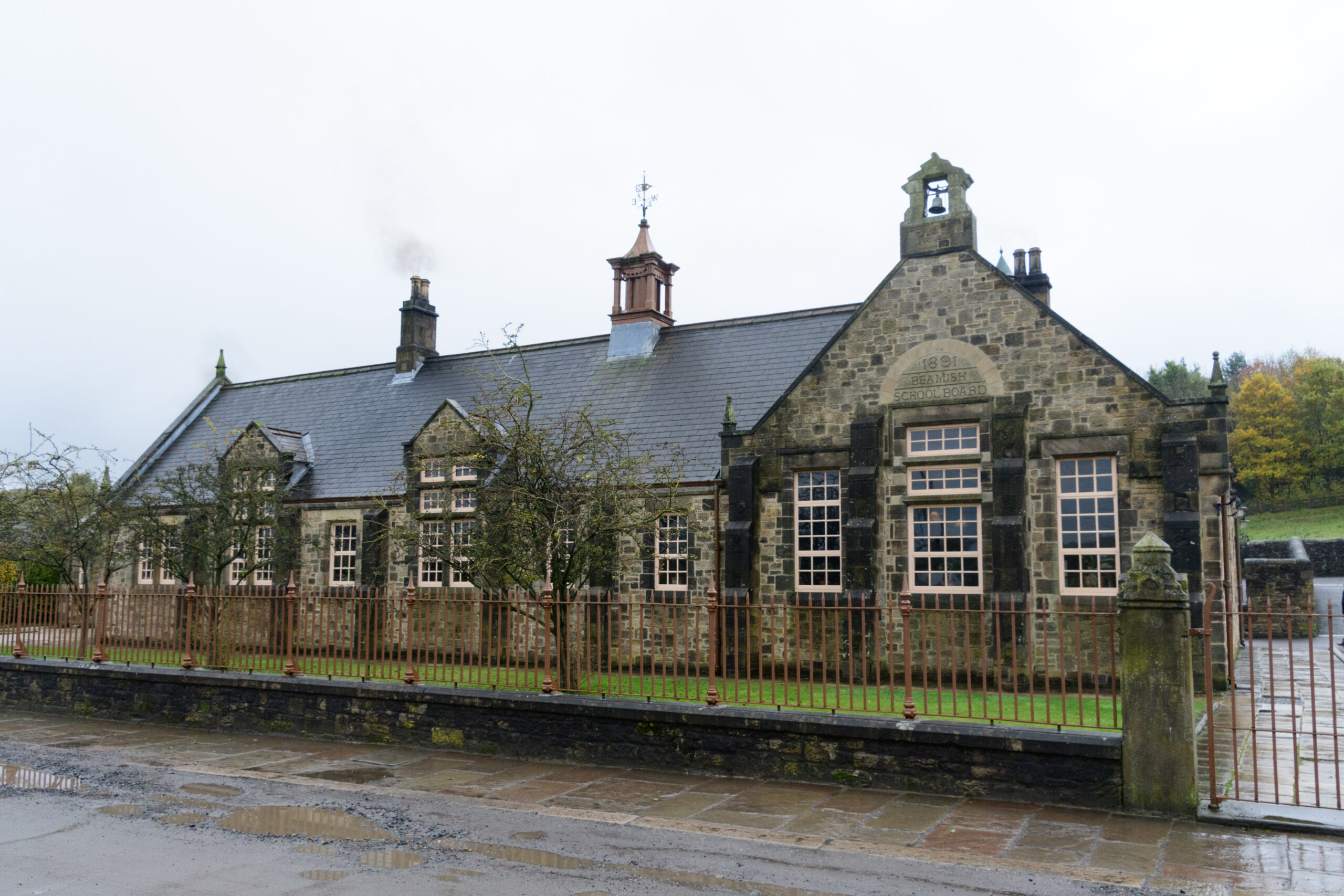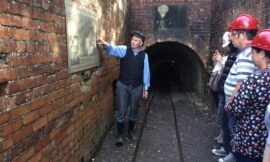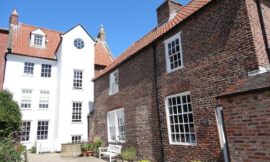Nestled within the expansive grounds of the Beamish Open-Air Museum lies a portal to the past: The 1900s Pit Village. Stepping into this meticulously recreated community is like stepping back in time, immersing oneself in the sights, sounds, and sensations of life in a North Eastern mining village at the turn of the 20th century. With its authentic buildings, period costumes, and interactive exhibits, the 1900s Pit Village offers visitors a glimpse into a bygone era and a deeper understanding of the region’s industrial heritage.

As you wander through the cobblestone streets of the village, you’re transported to a time when coal was king and the rhythms of daily life revolved around the colliery. The centerpiece of the village is the pit itself, a towering structure that serves as a constant reminder of the area’s industrial legacy. Here, visitors can descend into the depths of the mine, guided by knowledgeable interpreters who recount the stories of the miners who toiled underground in dangerous and demanding conditions.
Surrounding the pit are the various buildings that make up the village, each meticulously recreated to reflect the architecture and ambiance of the era. From the miner’s cottages with their whitewashed walls and thatched roofs to the bustling village school and the quaint chapel, every structure offers a window into the past. Inside these buildings, visitors can explore furnished interiors, interact with costumed interpreters, and learn about the daily lives of the villagers who called this place home.
One of the highlights of the 1900s Pit Village is the opportunity to engage with its inhabitants—volunteers who bring history to life through their portrayals of village residents. Dressed in authentic period costumes and adopting the mannerisms and accents of the time, these interpreters offer a unique perspective on life in the village. Whether it’s chatting with the village blacksmith as he hammers away at his forge, helping the schoolmarm with a lesson in the one-room schoolhouse, or listening to the choir rehearse in the chapel, interacting with these living historians adds depth and authenticity to the experience.
In addition to its static exhibits and buildings, the 1900s Pit Village also hosts a variety of special events and demonstrations throughout the year. From traditional folk music performances to hands-on activities like bread baking and candle making, these events offer visitors the chance to participate in the cultural and social life of the village. Whether it’s celebrating a holiday like Christmas or commemorating a historic event like the end of World War I, each event provides a window into the rich tapestry of community life in the early 20th century.
But perhaps the most powerful aspect of the 1900s Pit Village is its ability to evoke empathy and understanding for the struggles and triumphs of its inhabitants. Through immersive exhibits, interactive experiences, and personal stories shared by interpreters, visitors gain a deeper appreciation for the hardships faced by mining families and the resilience they demonstrated in the face of adversity. It’s a reminder that behind every artifact and building lies a human story—one that deserves to be remembered and honored.
In conclusion, the 1900s Pit Village at Beamish Open-Air Museum stands as a testament to the resilience, ingenuity, and spirit of community that characterized life in North Eastern mining villages at the turn of the 20th century. Through its authentic buildings, engaging exhibits, and passionate interpreters, it offers visitors a truly immersive and unforgettable journey into the past.



